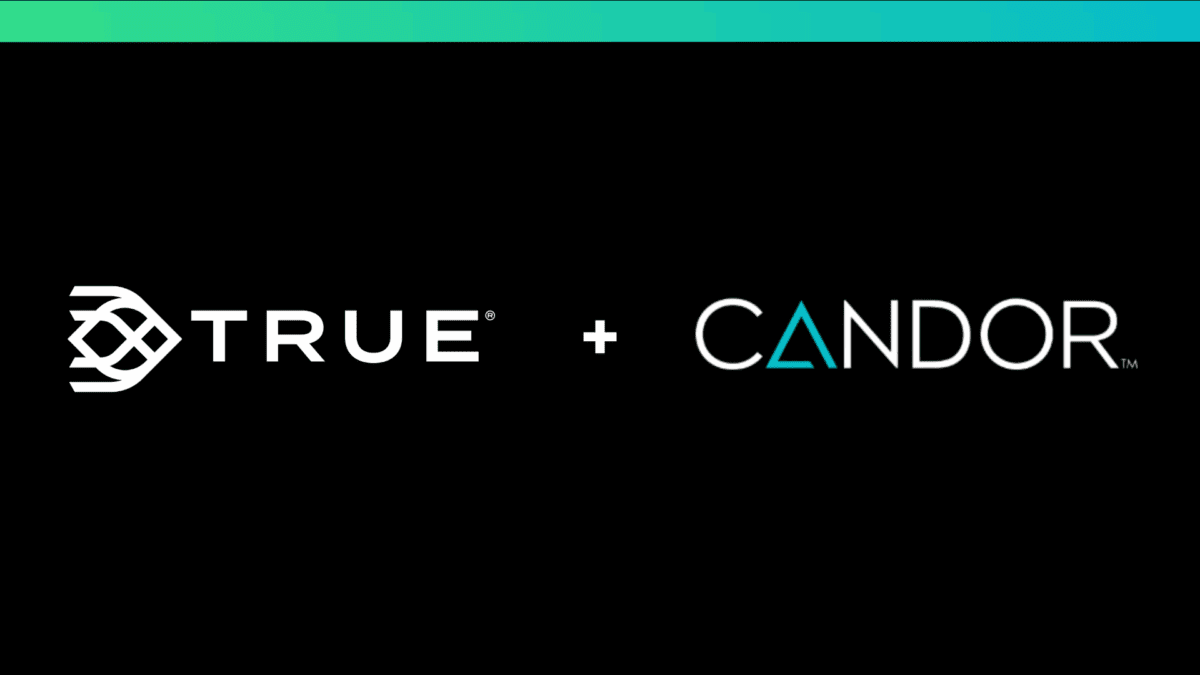By Stephen Butler
There’s a lot of noise around AI in mortgage right now, and I get why. Between hype and hesitation, it’s hard to know what’s real.
I thought I’d take a minute to answer some of the questions I hear most often from lenders — the practical ones about rollout, retraining, ROI, and what AI really means for their teams.
1. “Asking my processors and LOs to learn another application will slow them down.”
I get that reaction all the time and it’s valid. Nobody wants one more login or tool to juggle. The key is that AI shouldn’t be another system for your team to learn; it should quietly power the systems they already use. The right AI runs in the background — classifying documents, verifying income, catching issues early — without changing how your people work. If your AI adds friction, it’s the wrong kind of AI.
2. “A human-in-the-loop solution is needed for AI to produce the accuracy I need.”
That used to be true but not anymore. Legacy OCR systems needed humans to “clean up” results through offshore BPO review, which added time, cost, and risk. We’ve trained our AI on tens of millions of loans and layered in large language models to deliver accuracy that rivals — and often exceeds — human review. While our system can still flag low-confidence results for validation, those cases are rare. The result is faster, more consistent, and more secure data without the slowdown of human-in-the-loop processing.
3. “Change management and retraining my team will be a nightmare.”
If a technology rollout feels like a massive retraining effort, it’s probably built wrong. Mortgage AI should simplify workflows, not rebuild them. The most effective deployments don’t force your team to change behavior — they just make the work easier. We’ve seen lenders go live with minimal disruption because the AI learns their process, not the other way around.
4. “AI implementation means a long and painful rollout.”
That used to be true — but modern AI isn’t a six-month IT project anymore. With cloud delivery and pre-trained background AI, onboarding can happen in days, not quarters. It’s about starting small, proving value quickly, and expanding from there. You don’t have to rip and replace; you can layer AI into existing operations and see immediate gains.
5. “AI will replace my team.”
I hear that concern a lot, and honestly, it misses the point. AI doesn’t eliminate people — it eliminates the work that slows them down. Loan officers still build relationships. Processors still solve problems. Underwriters still make judgment calls. AI just takes the repetitive, error-prone parts off their plate so they can focus on what humans do best: building trust and driving business.
6. “We’ll just end up checking the AI’s work anyway.”
At first, sure — that’s natural. But as AI proves itself, confidence grows. What’s important is visibility. Lenders should be able to see how the AI reached its conclusions and spot-check results easily. That’s how trust builds. Within a few weeks, teams start realizing they’re spending less time reviewing and more time moving loans forward.
7. “It’s too hard to measure the ROI of new technology.”
The ROI story with mortgage AI is actually pretty straightforward. You measure it in fewer exceptions, shorter cycle times, and higher pull-through. When you cut three days off your average time-to-close, that’s measurable. When your staff processes more loans per head, that’s measurable. The beauty of intelligent automation is that the metrics tell their own story — faster loans, lower costs, and happier borrowers.
Final Thoughts
The bottom line? Mortgage AI isn’t about replacing the people who make this industry work, it’s about giving them tools that make their expertise go further. The lenders who see the biggest gains are the ones who start small, focus on real use cases, and let the technology prove itself.



